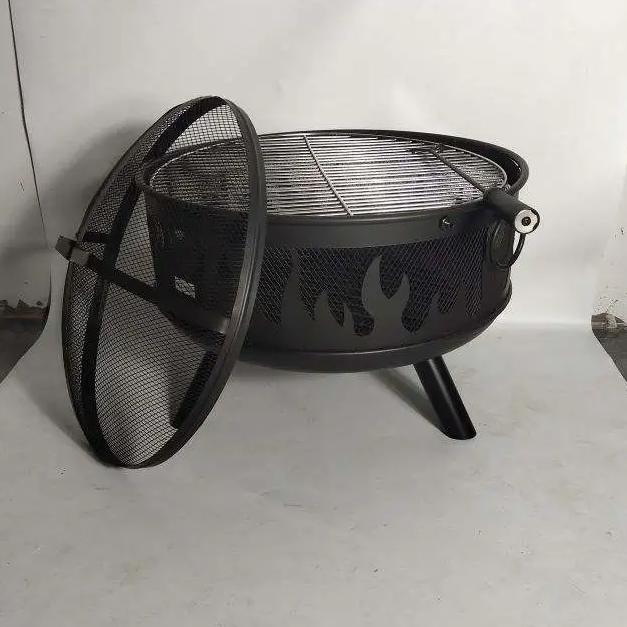When discussing BBQ grills, product performance is a key area of focus for manufacturers. The performance of a grill directly affects the cooking experience, efficiency, and safety, making it an important factor in design and production.
One major element of grill performance is heat distribution. Even and consistent heat across the cooking surface helps ensure food cooks thoroughly and maintains the desired texture and flavor. Manufacturers pay attention to the materials used in grill grates and bodies, as metals like stainless steel and cast iron contribute to better heat retention and distribution. The thickness and surface treatment of grill components also influence how heat is managed during cooking.
Temperature control is another critical aspect. Many grills provide adjustable vents or burners that allow users to regulate cooking temperature based on the food type and cooking method. Gas grills often feature multiple burners with independent controls, while charcoal grills rely on airflow adjustment through vents. The ability to maintain stable temperature throughout the cooking process is essential for achieving consistent results.
Fuel efficiency impacts both performance and cost-effectiveness. Grills that use fuel sources efficiently reduce the amount of charcoal, propane, or electricity needed for cooking. This not only helps save resources but also minimizes the time spent managing fuel levels during grilling. Manufacturers often design burners, vents, and insulation to optimize fuel use and reduce heat loss.
Durability is closely linked to performance as well. BBQ grills are exposed to high temperatures, weather conditions, and repeated use, so materials and construction must withstand these stresses without warping or corrosion. A well-built grill maintains its performance over time, offering reliable cooking results for users. Manufacturers carefully select components and assembly methods to enhance longevity and reduce maintenance needs.
Ease of cleaning also affects how well a grill performs in practice. Grills with removable grates, drip trays, and ash collectors simplify cleanup and help maintain heat efficiency. Residue buildup can reduce heat transfer and impact flavor, so accessible cleaning features support consistent cooking quality.
Safety features are integral to overall grill performance. Stable construction, secure fuel connections, and proper ventilation reduce the risks associated with outdoor cooking. Manufacturers test grills to meet safety standards and incorporate design elements that protect users during operation.
Lastly, versatility influences product performance from a user perspective. Many grills offer additional cooking options such as side burners, rotisserie attachments, or smoker boxes. These features allow for varied cooking styles and can enhance the grilling experience, making the product suitable for a wider range of uses.
In conclusion, manufacturers focus on multiple factors when developing BBQ grills to deliver steady heat distribution, effective temperature control, fuel efficiency, durability, ease of maintenance, safety, and versatility. These elements combine to create grills that support enjoyable and efficient outdoor cooking.
